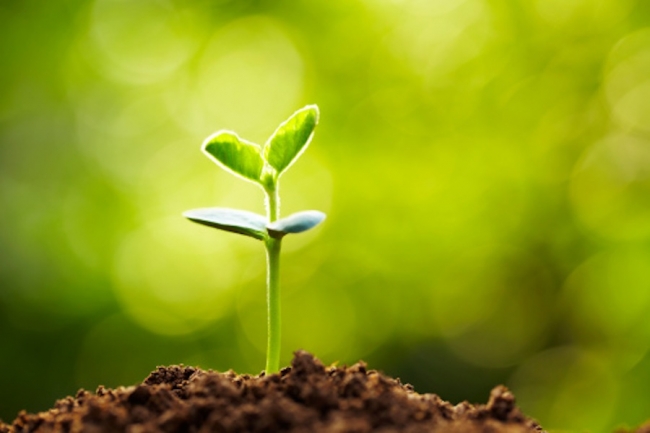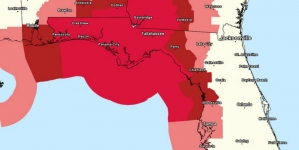-
Tips for becoming a good boxer - November 6, 2020
-
7 expert tips for making your hens night a memorable one - November 6, 2020
-
5 reasons to host your Christmas party on a cruise boat - November 6, 2020
-
What to do when you’re charged with a crime - November 6, 2020
-
Should you get one or multiple dogs? Here’s all you need to know - November 3, 2020
-
A Guide: How to Build Your Very Own Magic Mirror - February 14, 2019
-
Our Top Inspirational Baseball Stars - November 24, 2018
-
Five Tech Tools That Will Help You Turn Your Blog into a Business - November 24, 2018
-
How to Indulge on Vacation without Expanding Your Waist - November 9, 2018
-
5 Strategies for Businesses to Appeal to Today’s Increasingly Mobile-Crazed Customers - November 9, 2018
World’s Plants are endangered
Scientists at the Royal Botanic Gardens, Kew have carried out what must have been one of the most complex tallying-up processes ever undertaken, in a study created to figure out how many plants, excluding algae, mosses, liverworts and hornworts (new favourite biological thing), are known to science.
Advertisement
Identifying new species and keeping a catalogue of plant types worldwide is a step toward protecting global plant diversity, the researchers say. Conducted by the Royal Botanic Gardens (Kew), the report lists the total number of new species found each year, while also dealing with mass duplicates, discoveries made from stored examples and the growing risk of extinction throughout the globe.
The 80-page report, which is linked to a website, is meant to become a database and global reference point as it will be published annually and allow for comparisons on preserving the world’s plants.
Scientists added that more than 10% of the area covered with vegetation is extremely sensitive to climate change. It also seeks to pinpoint locations where botanists should focus collection efforts to boost food security and find plants that can adapt.
“Given the threats associated with climate change, land-use change, invasive plants and diseases, best estimates lead us to believe that 21% of the world’s plants are now threatened with extinction”.
Dendrobium cynthiae-a species among the new orchids discovered in 2015.
New species of herbaceous plants, shrubs and trees are being discovered all the time, including some new species from well-known horticultural families, grasses, food crops and carnivorous plants. Kew determined that each plant in the International Plant Names Index, had 2.7 different species names, on average.
The report’s authors trawled through the world’s botanical records, reconciling species names and deleting duplicates.
“Plants provide us with everything – food, fuel, medicines, timber and they are incredibly important for our climate regulation”.
It also said that 2,034 vascular plants – which exclude mosses and algae – were discovered past year alone, including an insect-eating sundew, a new type of onion and a giant slipper orchid.
Many important crops have been bred over thousands of years to produce high yields, but have lost genes that help fight pests and cope with changes in climate.
“If we completely clear the land and have a type of monoculture what happens when a new plant disease emerges and wipes out the crop entirely?” asked Steve Bachman, a species conservation researcher at RBG.
There were also five new species of onion, new species of an insect-eating plant named Drosera magnifica in Brazil. Similarly, we still only know a fraction of the genetic diversity of plants and whole-genome sequences are now available for just 139 species of vascular plants.
Willis says the Japanese knotweed can survive underground and sprout out any moment.
Plants provide numerous building blocks used for textiles and construction materials.
Advertisement
According to the report, the first of what it is hoped will become an annual series, about 31,000 plant species have documented uses.




























